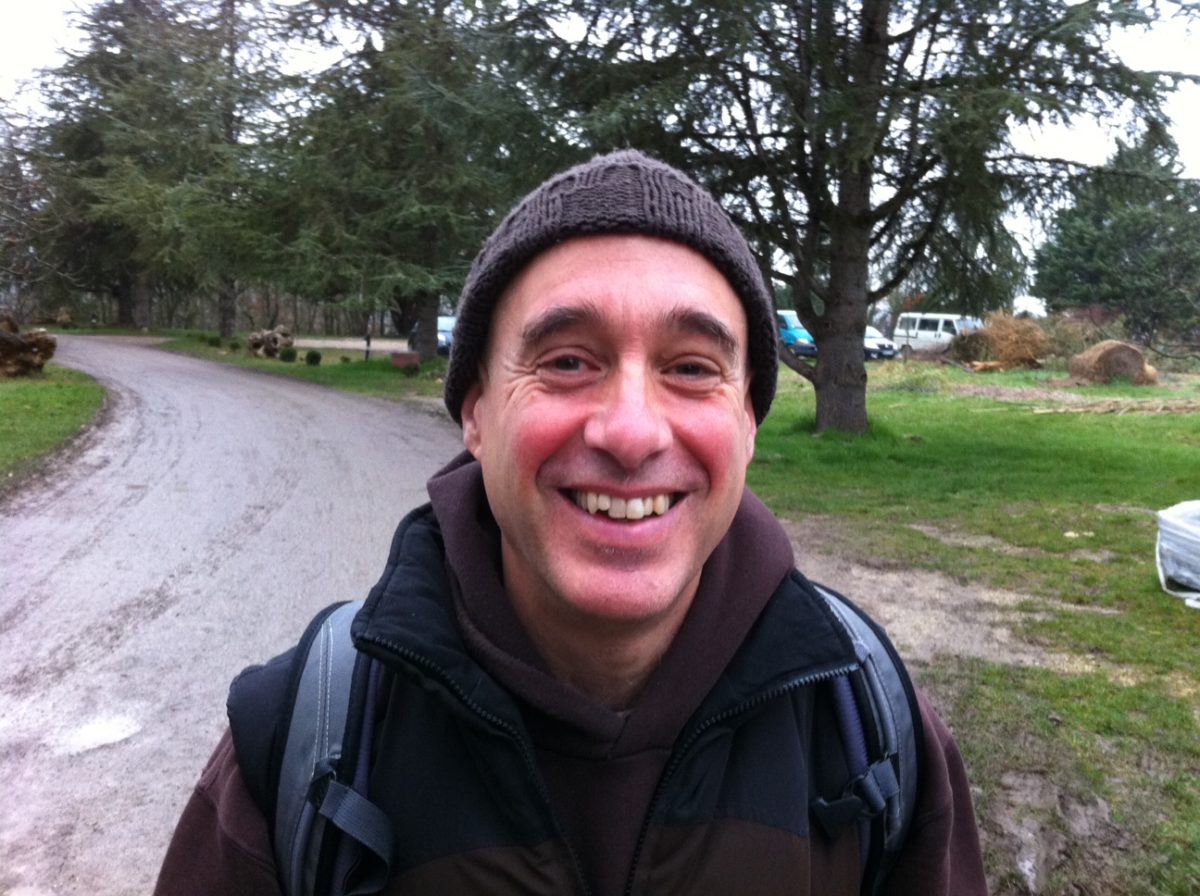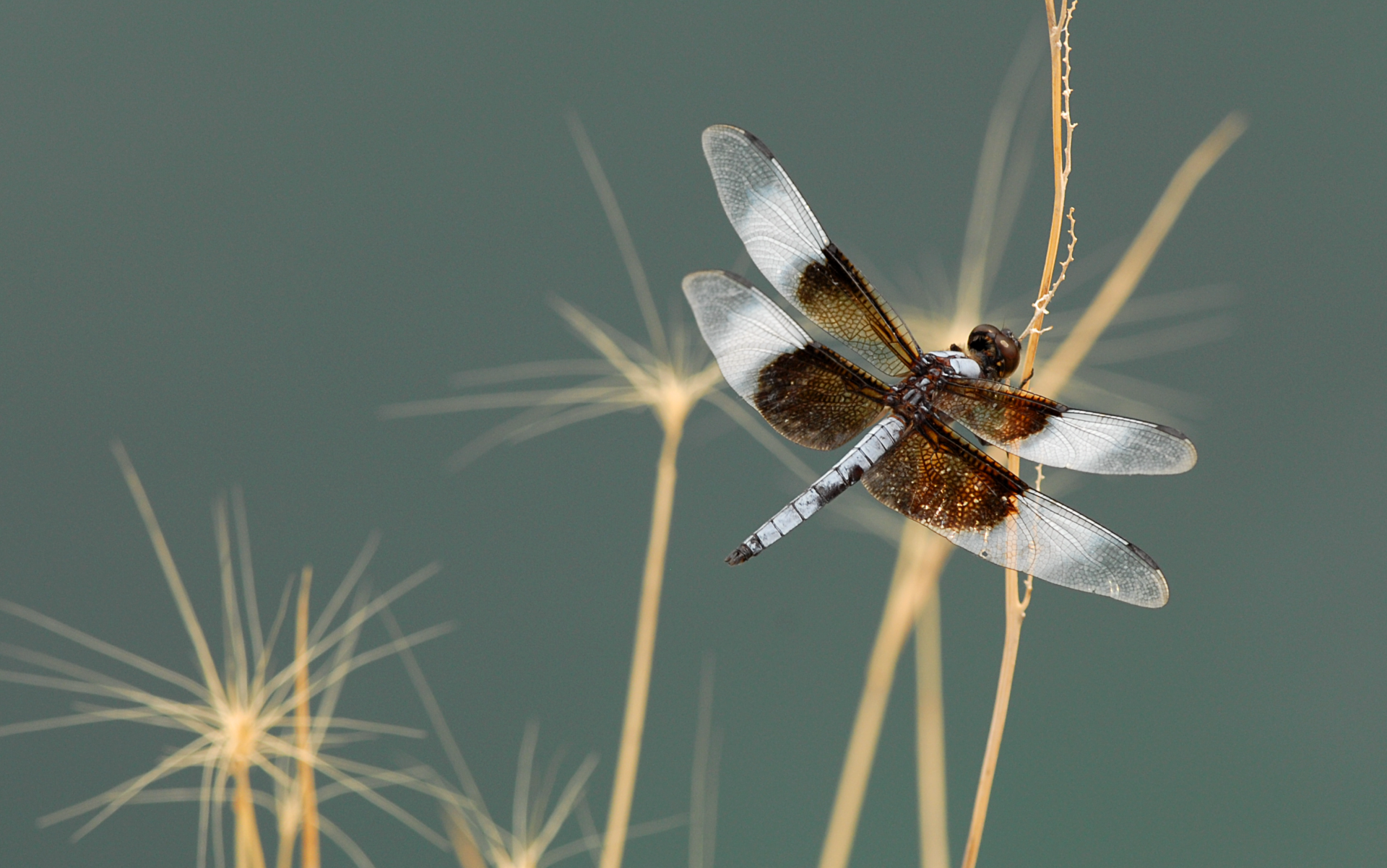By Brother Phap Kinh (Dharma Meridian)

I stepped onto the monastic path relatively late, although the seeds were present at an early age. At age fifteen, a group of friends and I meditated together. When that group disbanded, I continued (for the next thirty-five years) meditating twice daily. At age twenty, in 1978, I studied in Benares Hindu University, Varanasi, India. During my stay, I visited many holy Buddhist sites,
By Brother Phap Kinh (Dharma Meridian)

I stepped onto the monastic path relatively late, although the seeds were present at an early age. At age fifteen, a group of friends and I meditated together. When that group disbanded, I continued (for the next thirty-five years) meditating twice daily. At age twenty, in 1978, I studied in Benares Hindu University, Varanasi, India. During my stay, I visited many holy Buddhist sites, though I found mostly ruins. I was looking for my Sangha all along, but I could not define it then.
I discovered mindfulness in 2006 at a psychiatric hospital in Paris where I worked. My introduction was Jon Kabat-Zinn’s book Total Catastrophe Living, which inspired me to practice some mindfulness techniques. Upon finishing the book, I received an email from a friend in the U.S. informing me that an eighty-year-old Vietnamese monk was coming to Paris to lead a peace walk. I wasn’t familiar with Thich Nhat Hanh’s name, but later discovered that Thay had written the preface to Kabat-Zinn’s book!
The Paris peace walk changed my life. As Thay and the Sangha began walking, I knew I had found my teacher and community of practice. I began attending the Paris lay Sangha and, two months later, attended my first weeklong retreat in Plum Village.
No grass grew under my feet. In 2007, I joined the historic tour of Vietnam with Thay. At Bat Nha monastery, I received transmission of the Five Mindfulness Trainings. Everything I did with the Sangha seemed inexplicably familiar, and I began to wonder whether monkhood was somehow in my future—but soon found obstacles.
I learned that the maximum age for monastic ordination was twenty at Bat Nha and fifty at Plum Village—and I had just turned fifty. Regretfully, I accepted that I would probably not become a monk in this tradition. I took consolation as an active member of the lay Sangha in France, and clearly saw the applicability of engaged Buddhism in my work at the hospital.
On my way home from Vietnam, I met a venerable Vietnamese monk who asked me why I had come. I told him that I had been traveling with Thich Nhat Hanh. He then predicted I would be wearing brown within two years. I wasn’t sure what he meant, but before I had a chance to inquire, he disappeared. Did he believe that I would become a monk? At Bat Nha Monastery? It all seemed like a dream, and impossible.
Back in Paris, a group in my Sangha started studying the Fourteen Mindfulness Trainings. I found these precepts extremely inspiring. Half of us in the group decided to become aspirants for the Order of Interbeing (OI). Things were moving quickly, but I felt ready. In 2008, I asked for a sabbatical leave to attend a number of trips and retreats.
It still wasn’t a foregone conclusion that I would follow the monastic path. At the Dhamek Stupa in Sarnath, India, I heard Thay say, “It is now or never.” His words resonated with me, and I was ordained as an OI member on that trip. I did not necessarily see monastic life as the next logical step. The venerable monk’s prophecy that I would be “wearing brown in two years” was fulfilled with my OI jacket. During the 2008-2009 winter retreat, I often asked myself what more I could do for myself and for the world as a monk. The answer was not clear.
I sat with this question. It was my koan. It wasn’t something I could think my way through. Thinking about it seemed to drive me crazy. It was a matter of the heart. During this period nothing I initiated came about, yet conditions for things that seemed impossible, such as getting so much time off work and getting ordained so soon as a lay OI member, came together. This was a wonderful apprenticeship in non-pursuit and letting go.
The Bodhisattva Path
Clarity finally came during a retreat in June 2009. I confided in a number of brothers, both monastic and lay, who served as mirrors for me and helped me recognize my fear. I took refuge in the Sangha, and practiced looking deeply and following my heart. By the end, I realized that there was no going back to my old life. I had already moved on, and my past now belonged to a former life. I spoke to a number of monastics about my intention, and found the courage to make the decision that would free me from all worldly obligations.
That decision took tremendous courage. I had never felt so afraid in my life, beyond all reason. But what was I so afraid of? Making a monumental error? Letting go? Inadvertently abandoning my right livelihood and personal bodhisattva path?
Giving up everything even at the great risk of not being accepted into the monastic Sangha? I loved my job, my Sangha, and my life in Paris. I had nothing to run away from, so why would I uproot myself in such a way? Most of the people I knew outside of my Sangha (and even some inside the Sangha) found the idea puzzling, if not mad.
Making the decision was the hard part. Once I did, there was lightness and ease as everything fell into place. Since ordaining, I have never doubted or regretted my decision and do not miss my former life. The great fear vanished. Fear is, after all, only a mental formation. It can be paralyzing, but mental formations that are not fed shrink.
Why did I choose to become a monk? This is my aspiration: I hope and intend to continue on the bodhisattva path of relieving suffering in the world, but I have much to learn in order to go beyond the horizons that I knew before, in my work and in my life. I also have to learn from my own experience of transformation at the base, for myself, my family, and for my ancestors. I have observed that the most credible and inspiring monastics are those who speak from personal experience and live their path. I probably could have studied the Dharma and transformed many of my afflictions as a lay practitioner, but now I am free to dedicate my whole life to it. I am confident that in time, my vocation of relieving suffering will take other forms, and I will be more effective, being solidly grounded both in the Dharma and my personal monastic experience. To my delight, I am feeling younger and younger since ordination, as if the fifteen- and twenty-year-olds in me who wanted to embrace the Dharma have finally found what they were looking for, despite all obstacles.
I don’t know where the Dharma will take me and what the Sangha will call me to do. I don’t think much in those terms. I have faith in the Triple Gem, and know that I am on the right path.
Brother Phap Kinh/Dharma Meridian/Christopher currently lives in Upper Hamlet, Plum Village. He is French and American, was born and grew up in Juneau, Alaska, and spent most of his adult life in Paris. He loves hiking, singing, cooking, poetry, and the Dharma.

